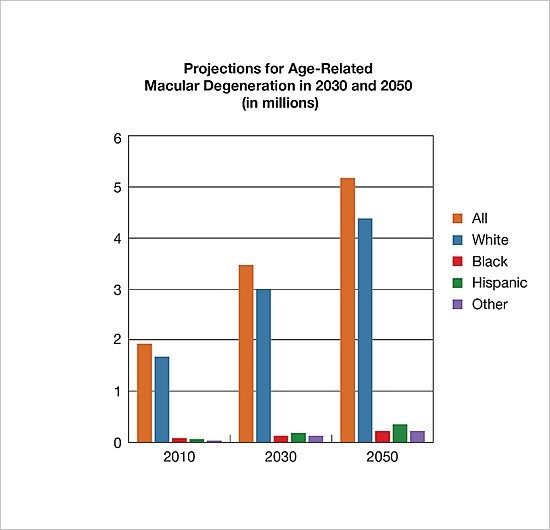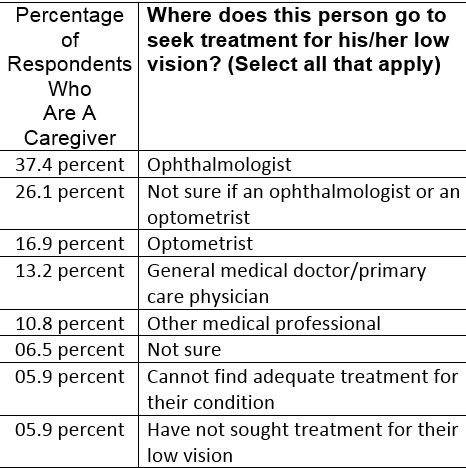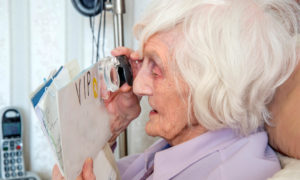
Feb. 24, 2016
You have an opportunity to serve more low vision patients, results of The Vision Council’s VisionWatch 2015 Low Vision Report suggests. Some 37.4 percent of caregiver respondents say they visit an ophthalmologist for their low vision, while 16.9 percent visit an optometrist. Some 26.1 percent said they are not sure if the doctor they visit is an optometrist or an ophthalmologist, and 13.2 percent said they visit a general medical doctor or primary care physician for their low vision, while 10.8 percent visit another medical professional, and 5.9 percent have not sought medical treatment for their low vision.

If any of these phrases resonate with you, you may be a Baby Boomer.
The Baby Boomers represent the second largest demographic in the population. Baby Boomers are between 51 and 70 years old in 2016 – born between the years 1946 and 1964. You should also know that Baby Boomers are the wealthiest generation up to their time. The Baby Boomers represent nearly 29 percent of the American public – about 76 million people.
As the Boomers age, the incidence of chronic disease that contributes to vision loss is expected to increase. So our question is: Are you ready for the increase in people coming into the practice with chronic disease-related vision problems? Those practices that are thinking ahead are preparing now for the coming Baby Boomer tsunami of vision loss.
The National Eye Institute predicts the estimated number of people with AMD will double from 2.07 million to 5.44 million by the year 2050. Here’s the graph from their web site.

The Vision Council’s VisionWatch 2015 Low Vision Report points out that eyecare professionals are not doing a very good job of educating people as to who is delivering low vision care.

Part of the problem is that doctors may not have a very good business model for managing patients with low vision. Others may not have a very good clinical model for handling patients with low vision. And still others may not want to manage patients with low vision.
No matter what your option of patients with low vision, the Baby Boomer tsunami is coming. Over the next 20-30 years, how you manage the Baby Boomers and their chronic diseases will change the focus of your practice.
The action plan for this week is to evaluate how patients with low vision are managed in the practice. Here are three specific questions to address.
1. The most important question in a patient’s mind is: “Am I in the right place?” If a patient with low vision is in your practice, how would they answer that question?
2. Are there easy-to-follow systems in your practice for managing patients with low vision in the following categories: minimal changes, moderate changes and advanced changes?
3. Have you collected success stories from patients with low vision? One of the strongest things you can say to a patient is: “I had a patient last week, just like you. We helped them, and we can help you.”
By answering these questions, you will know the path forward.
Additional Resources
BBHQ Boomer Essays: What’s a Boomer?
Coverage of Baby Boomers on the History Channel



























